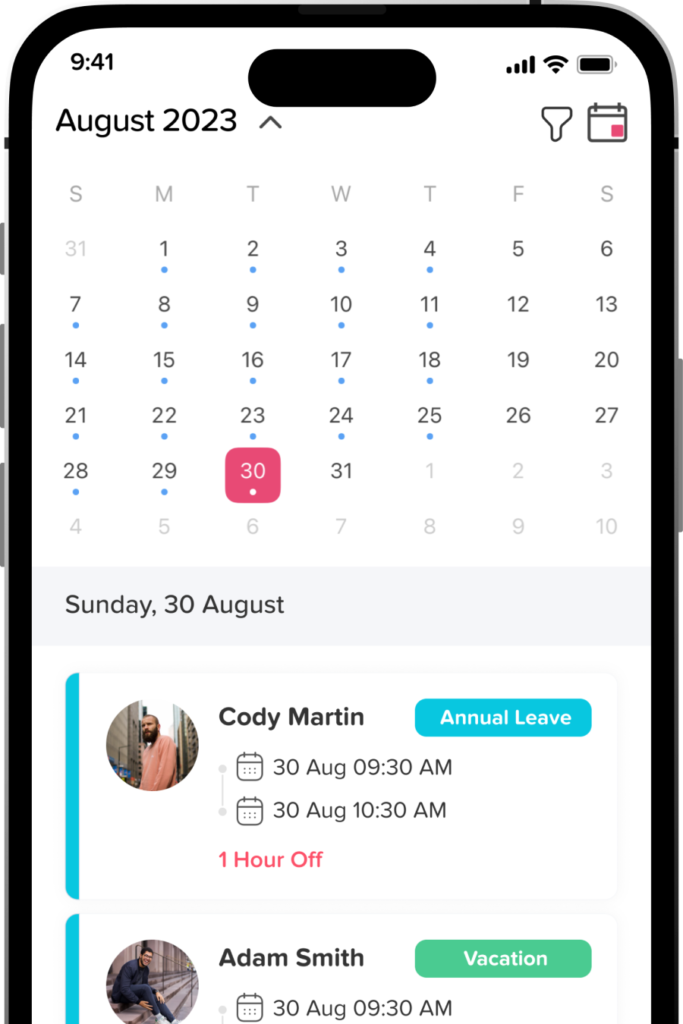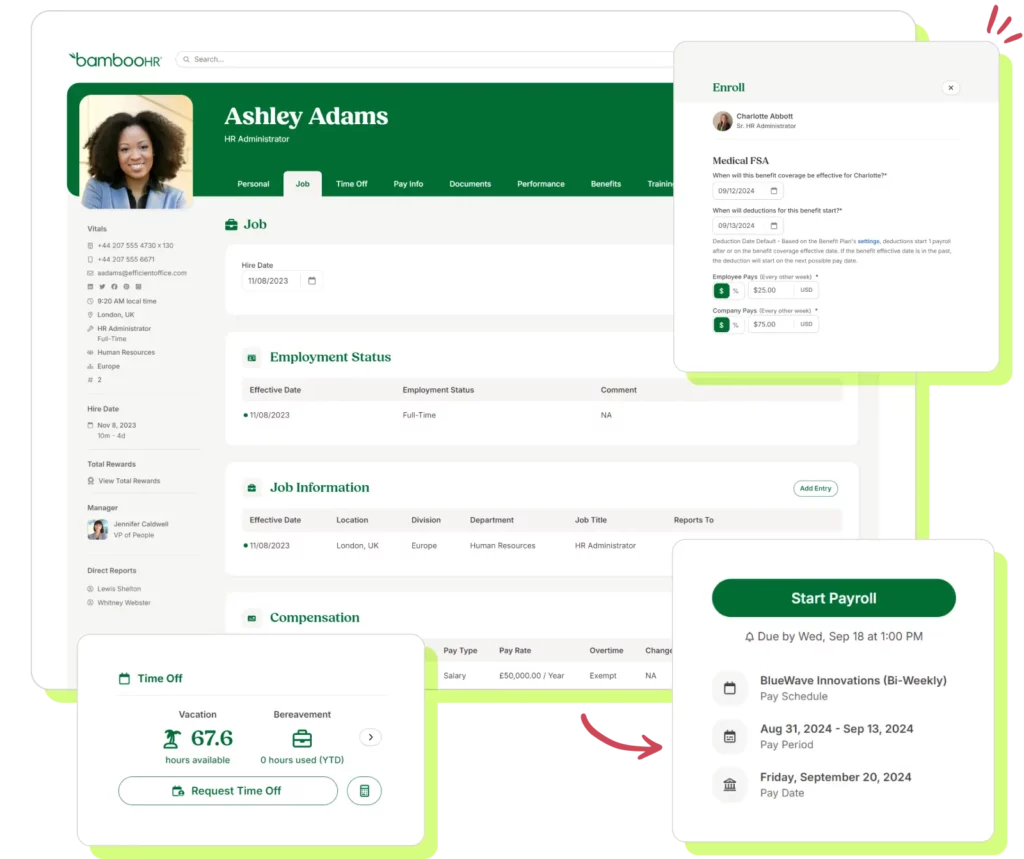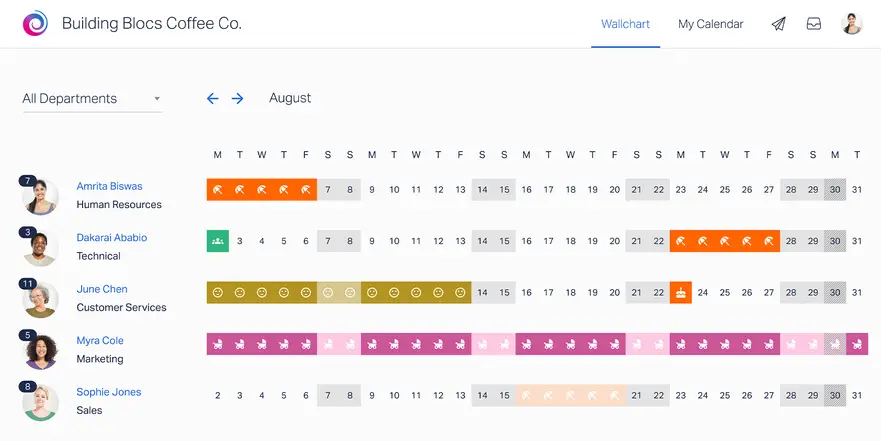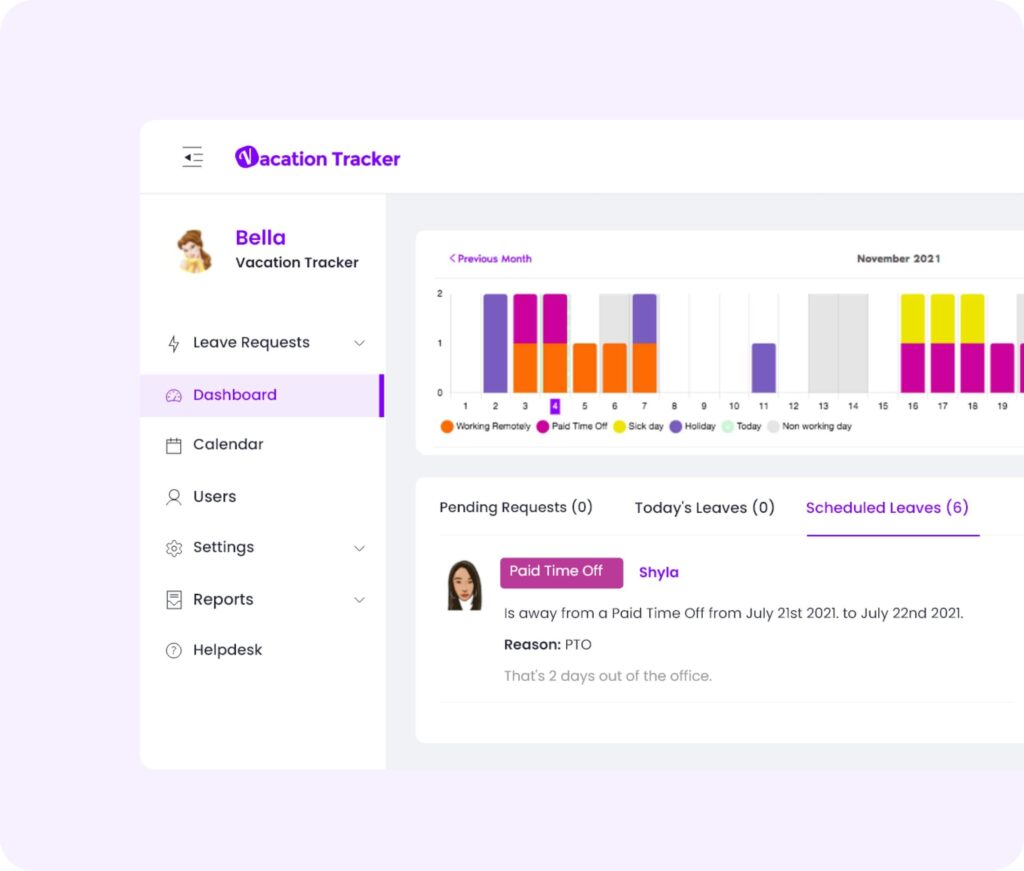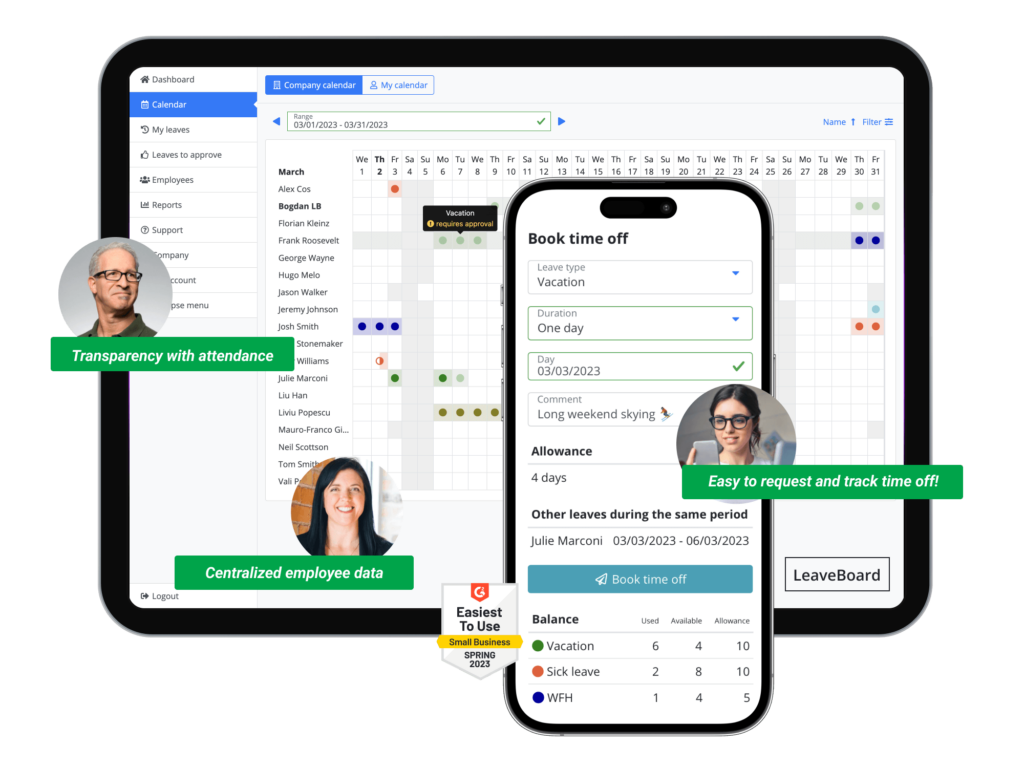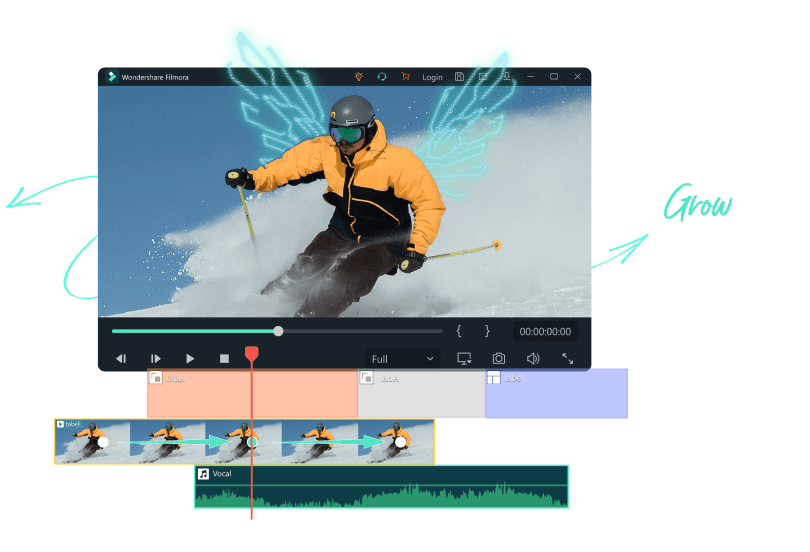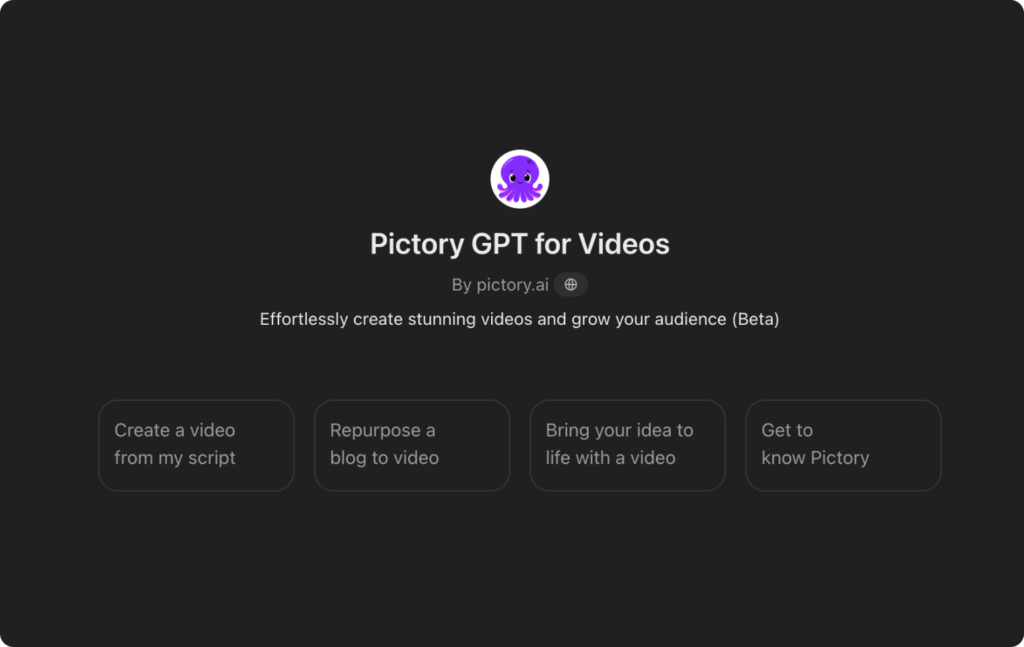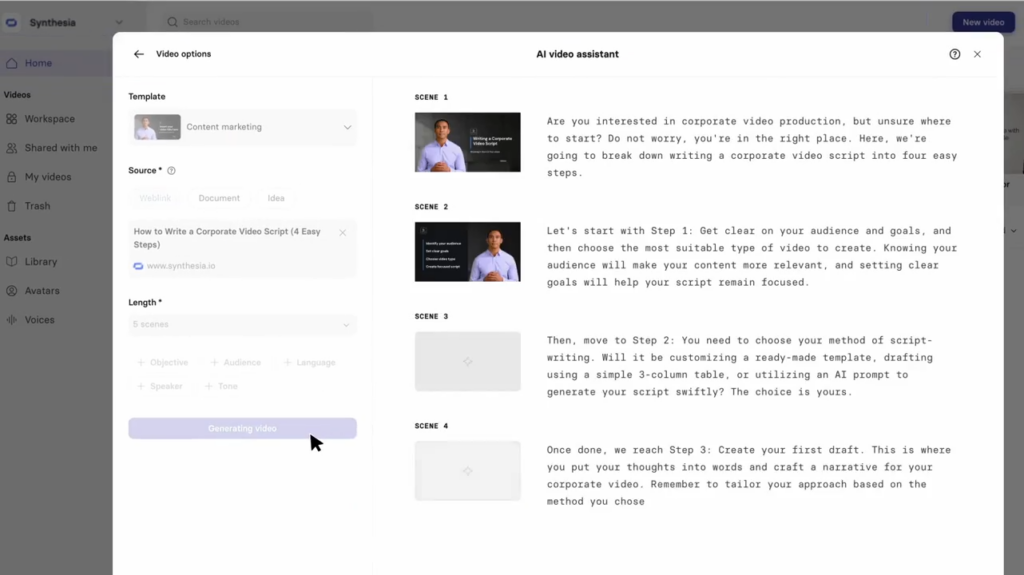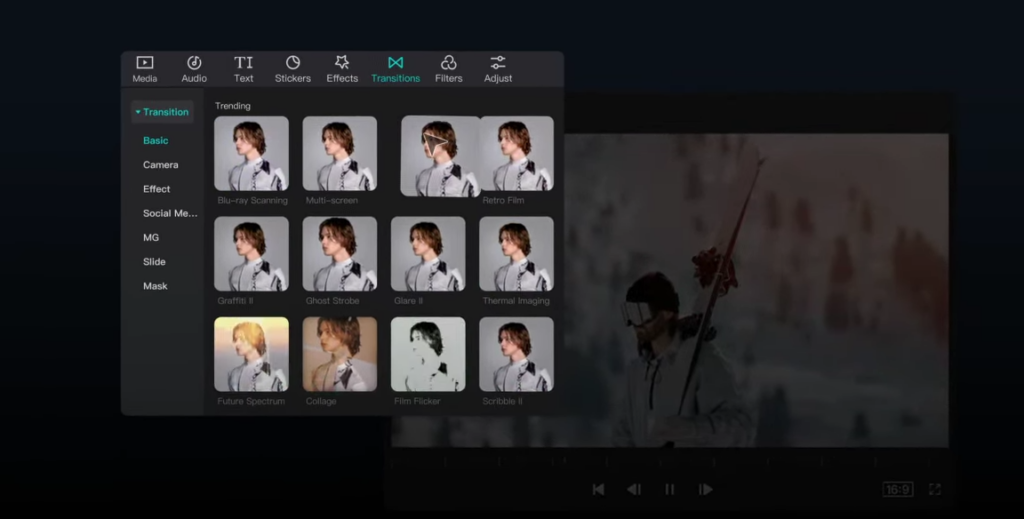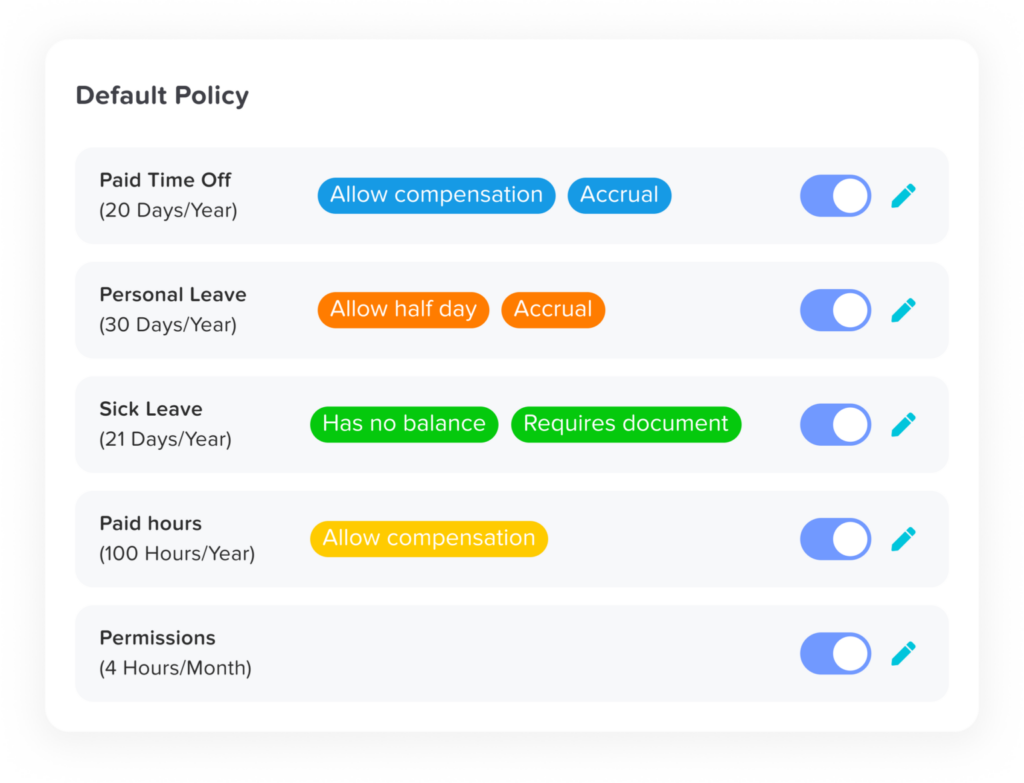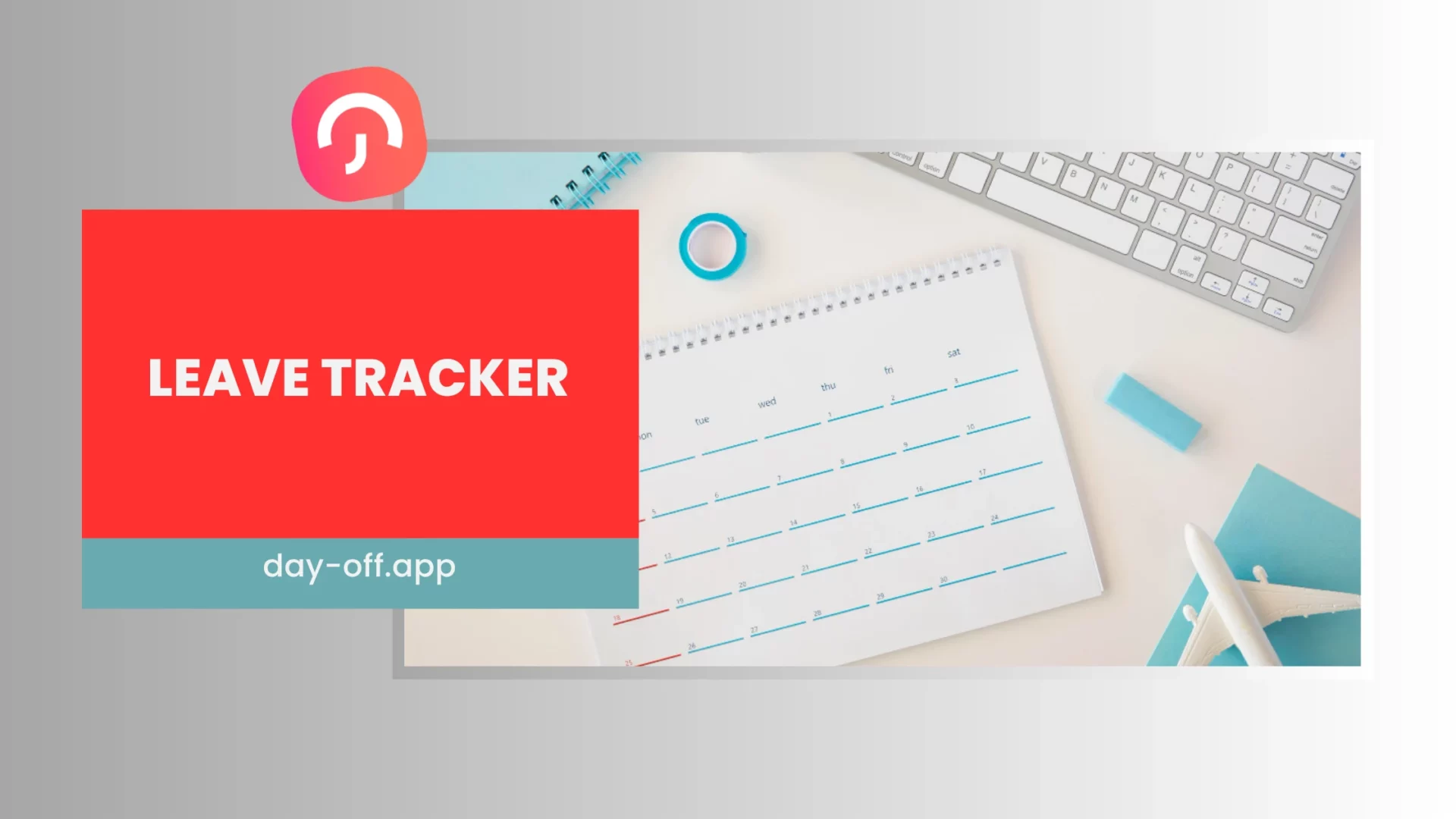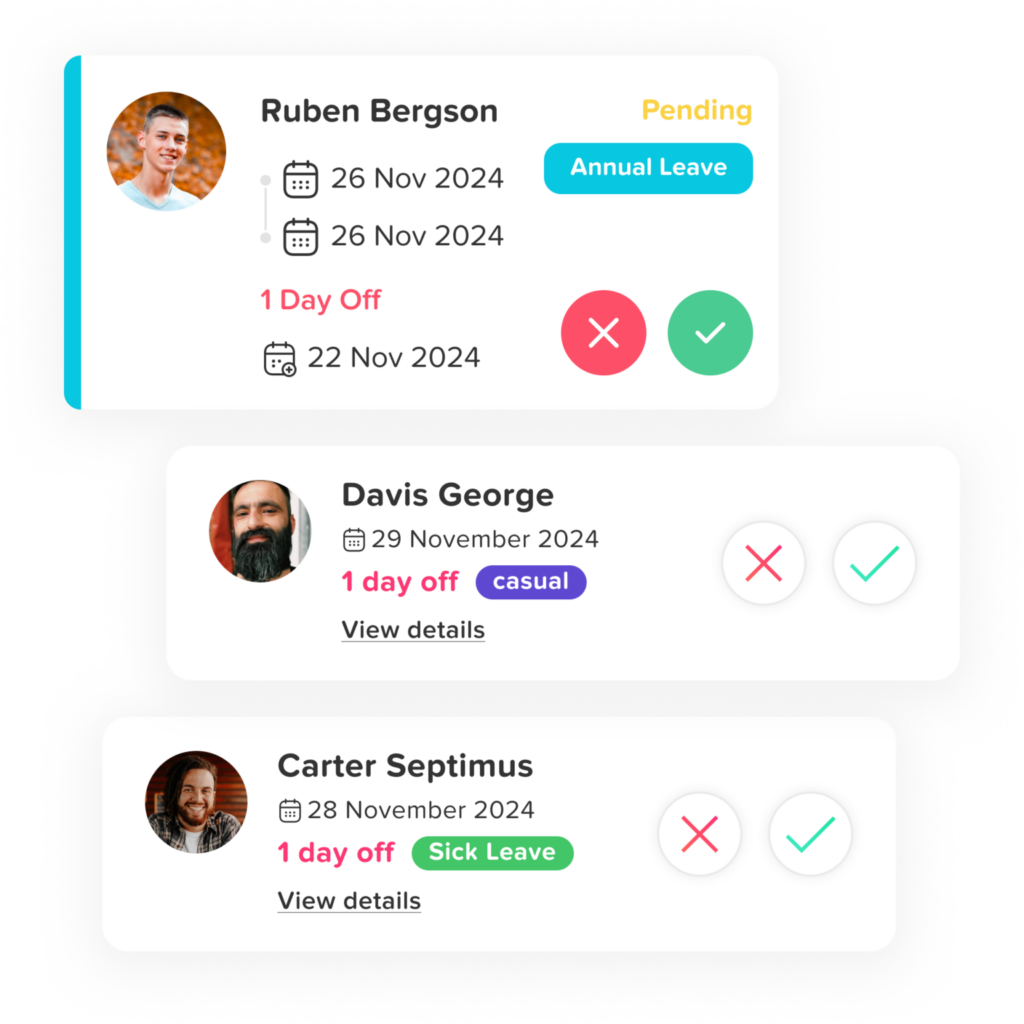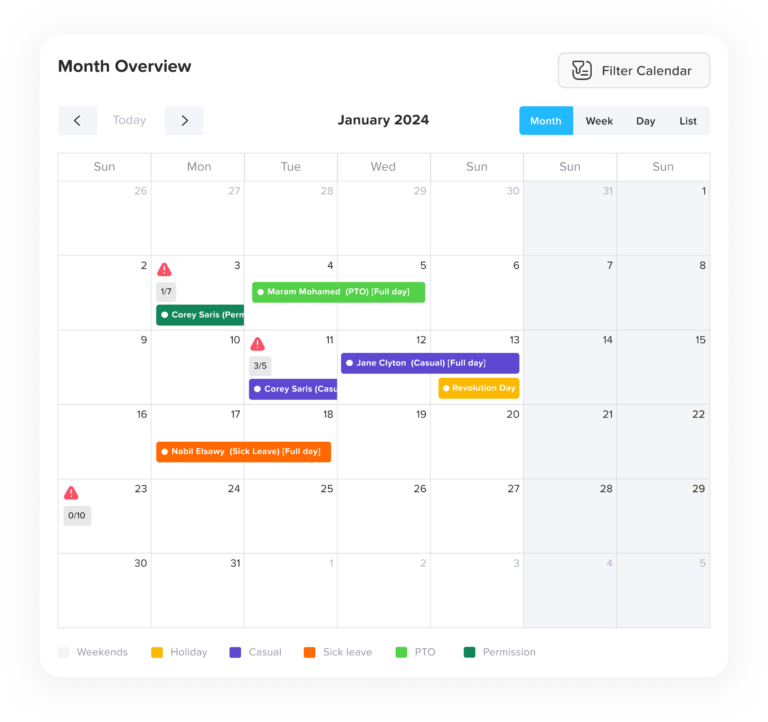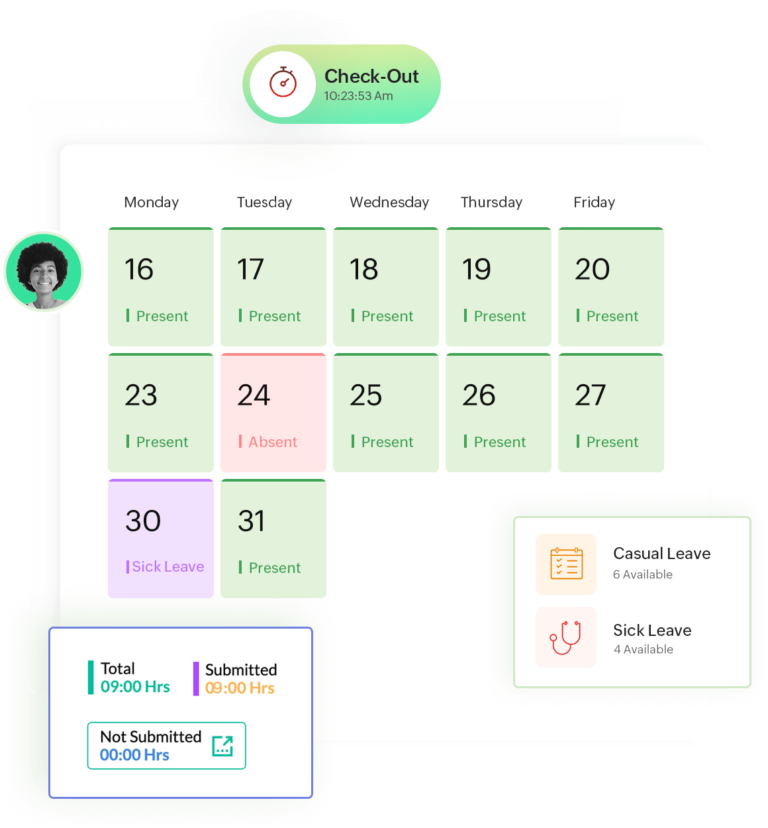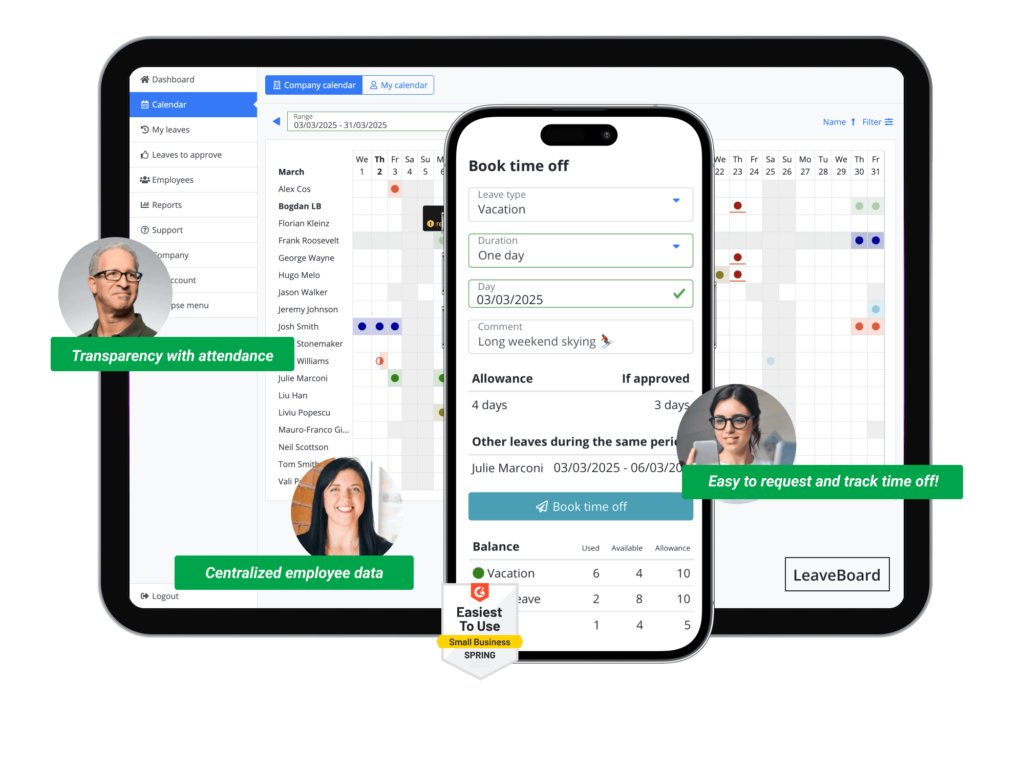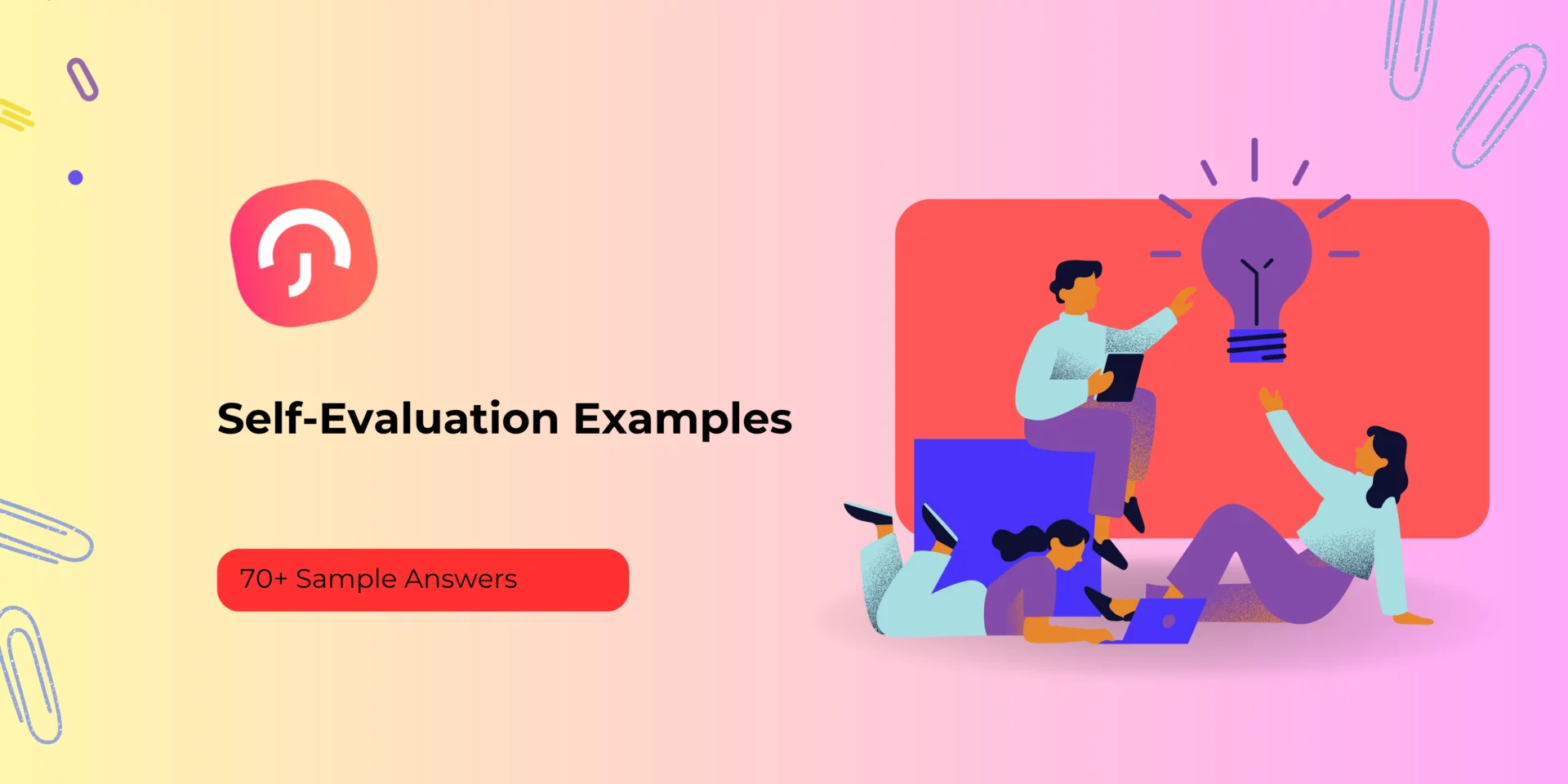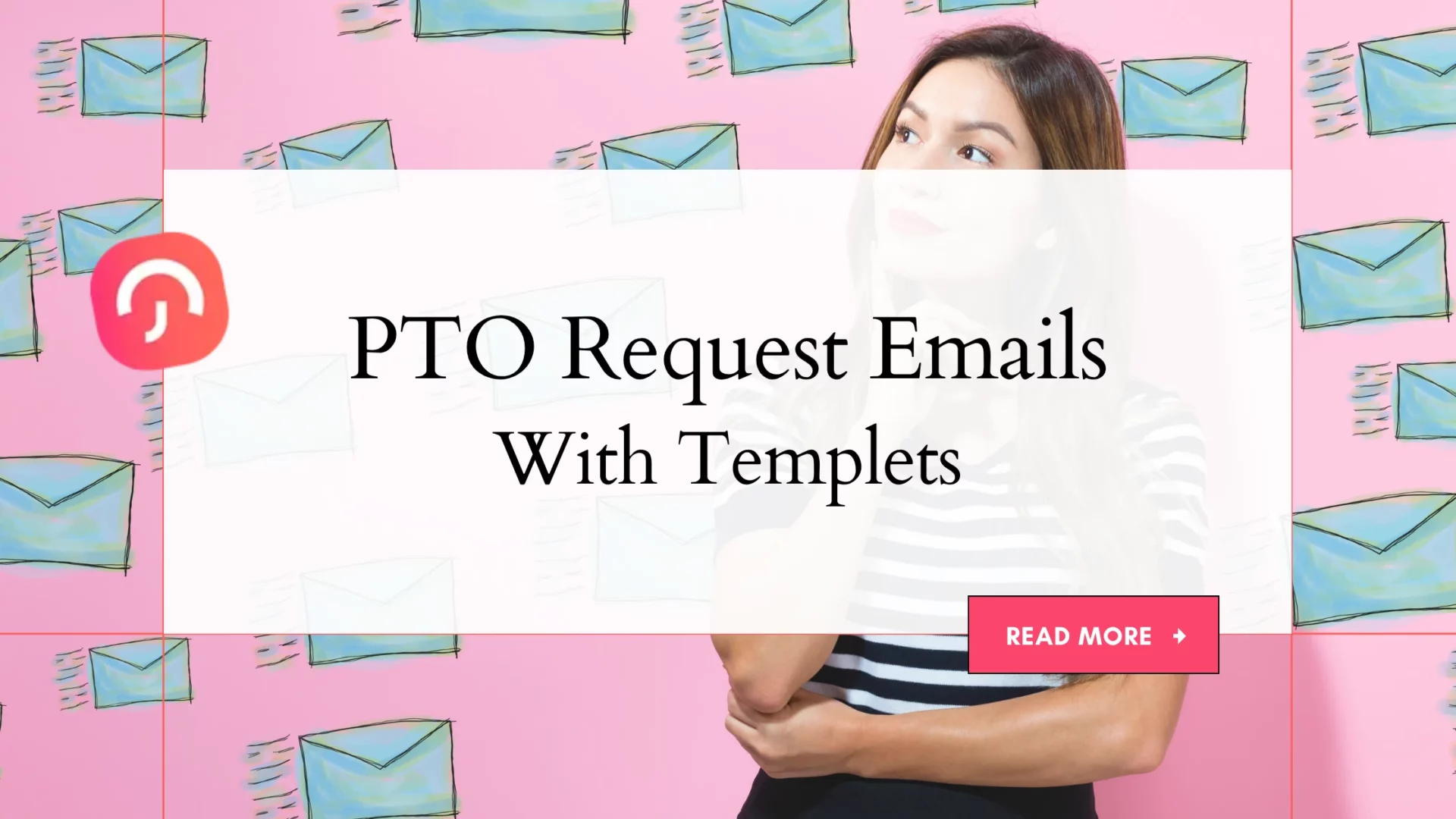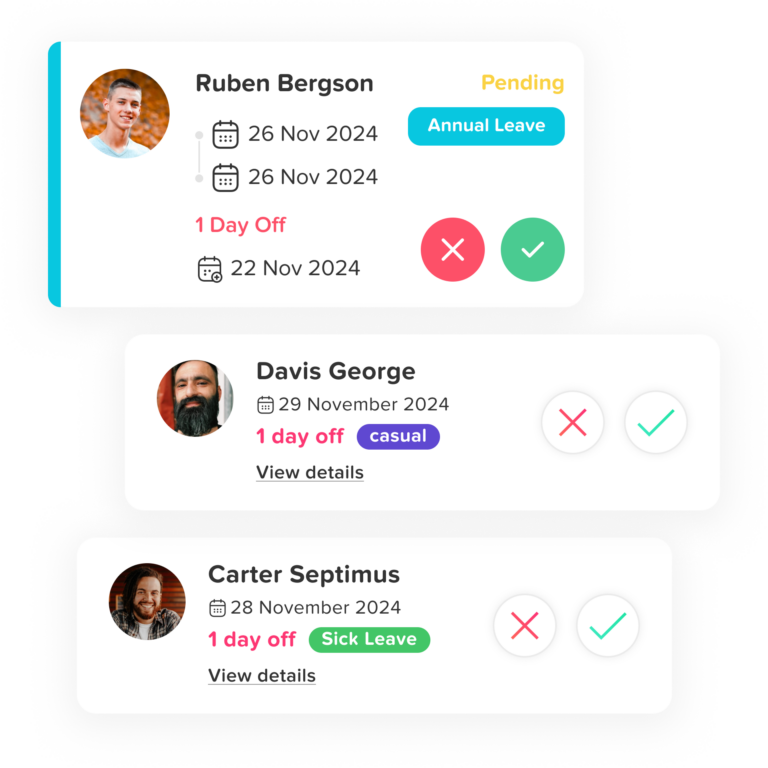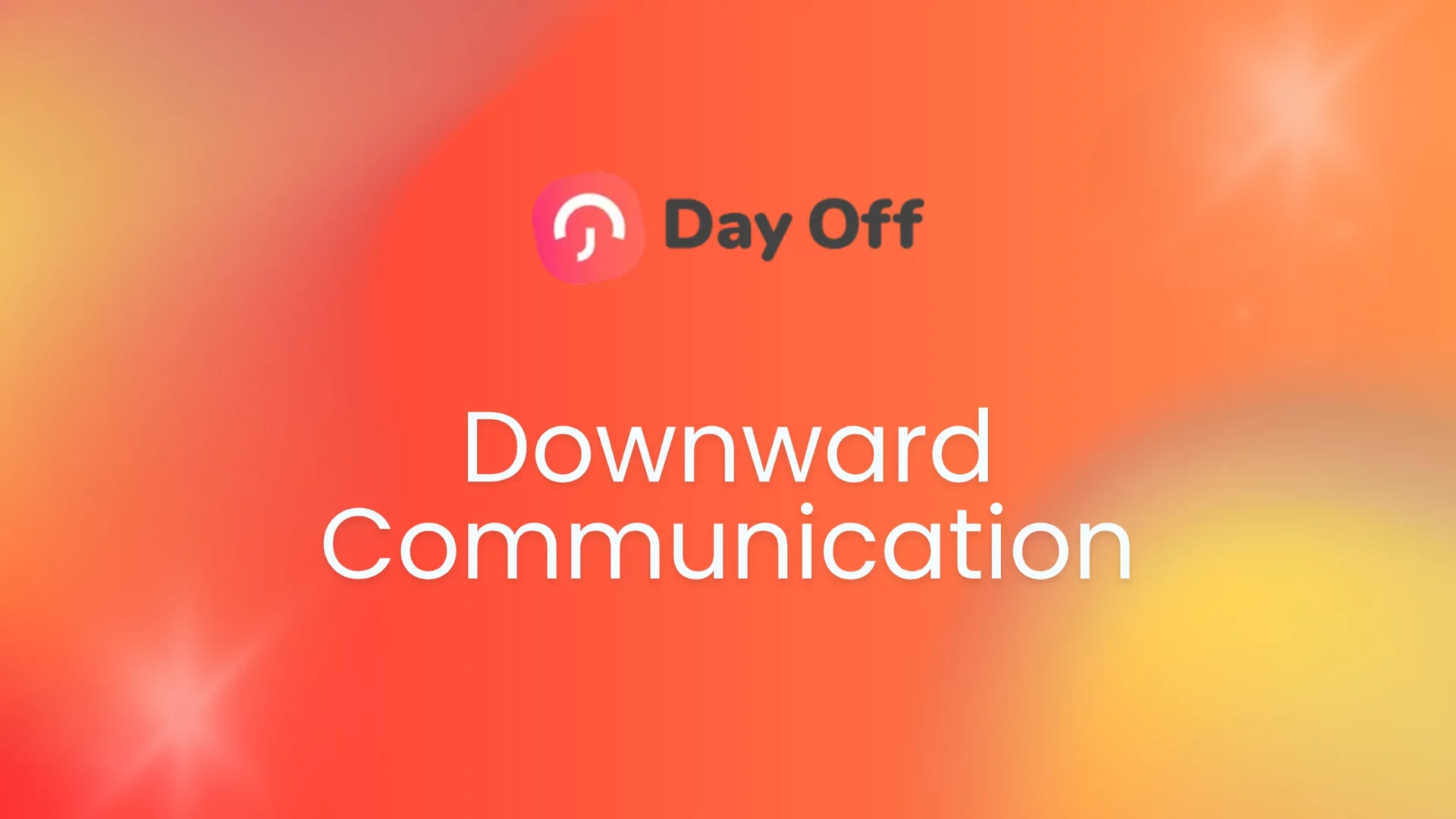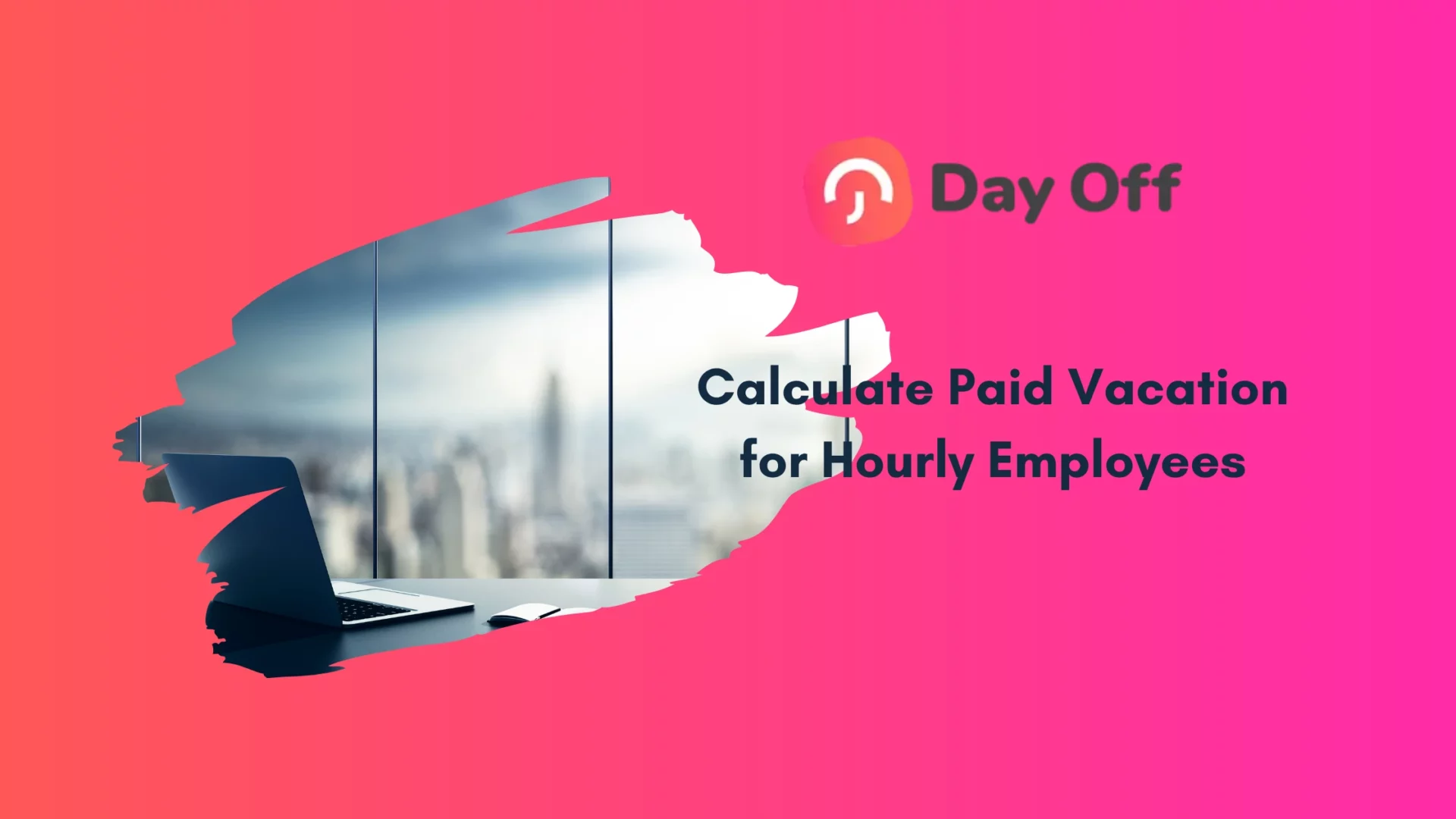The AI landscape in 2025 is thriving with a diverse array of tools designed to meet the needs of various industries, professions, and creative pursuits. While ChatGPT has earned a reputation as a leading conversational AI, other platforms provide unique strengths and specialized applications. This detailed guide explores 20 top ChatGPT alternatives, including their key features, use cases, and standout qualities.
Claude by Anthropic
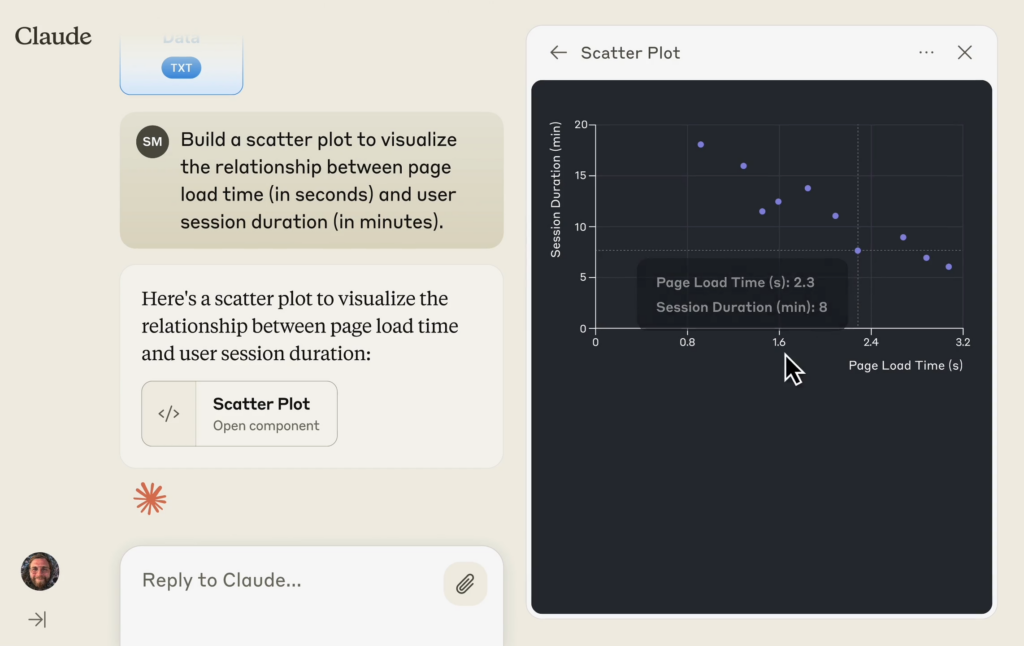
Claude, developed by Anthropic, is one of the most advanced AI chatbots on the market. Unlike ChatGPT, which focuses on a balance of creativity and logic, Claude places a strong emphasis on ethical AI principles, safety, and responsible AI interactions.
Key Features:
- Massive Context Window, Supports up to 200,000 tokens, allowing users to engage in long, uninterrupted conversations without losing context.
- Human Like Conversations, Offers nuanced, well reasoned responses that feel natural and conversational.
- Ethical AI Model Focuses on ensuring safe and non biased interactions.
Best For:
Researchers, academics, and professionals who need a safe, structured, and highly intelligent AI that maintains long term conversation history as one of the important ChatGPT alternatives.
Google Gemini
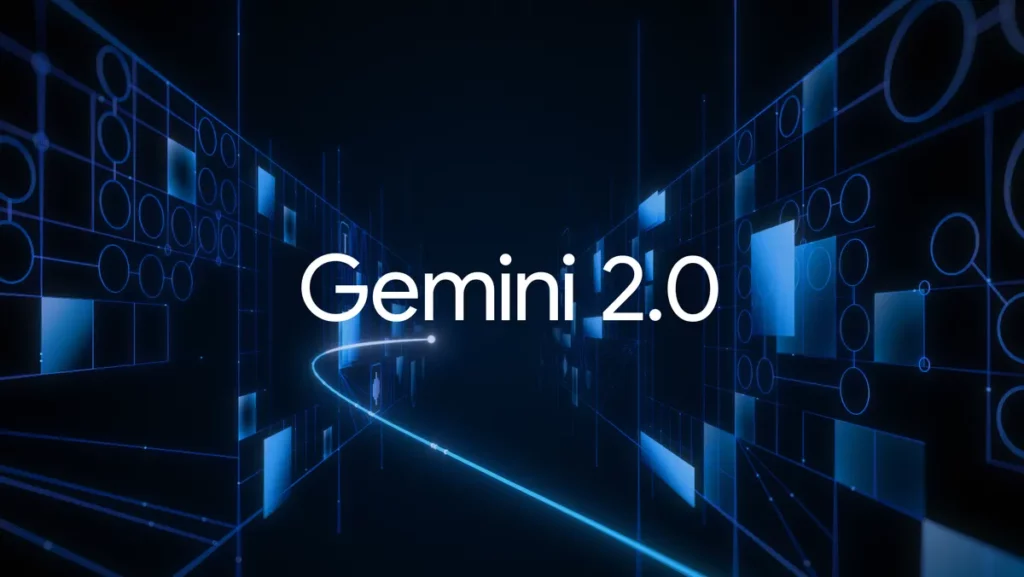
Previously known as Google Bard, Gemini is Google’s answer to ChatGPT. It integrates seamlessly with Google’s suite of products, including Gmail, Google Docs, and Google Drive, making it a productivity powerhouse.
Key Features:
- Google Ecosystem Integration, Works directly within Google Search, Docs, and other tools for enhanced productivity.
- Multimodal Capabilities, Supports text, images, and voice inputs, making it highly versatile.
- Real Time Access to the Internet, Unlike many AI models that rely on static training data, Gemini pulls live information.
Best For:
Professionals, students, and business users who already rely on Google’s ecosystem for research, writing, and collaboration.
Microsoft Copilot

Microsoft Copilot, powered by GPT-4, is an enterprise grade AI assistant that’s integrated into Microsoft Office tools like Word, Excel, PowerPoint, and Teams.
Key Features:
- Seamless Integration with Microsoft 365, Helps users with document creation, data analysis, and presentations.
- AI Powered Business Automation – Assists in creating reports, summarizing emails, and generating insights from complex datasets.
- Secure AI for Enterprises, Built with Microsoft’s security and compliance framework.
Best For:
Corporate professionals, business analysts, and enterprise users who need AI driven automation within Microsoft applications.
Perplexity AI
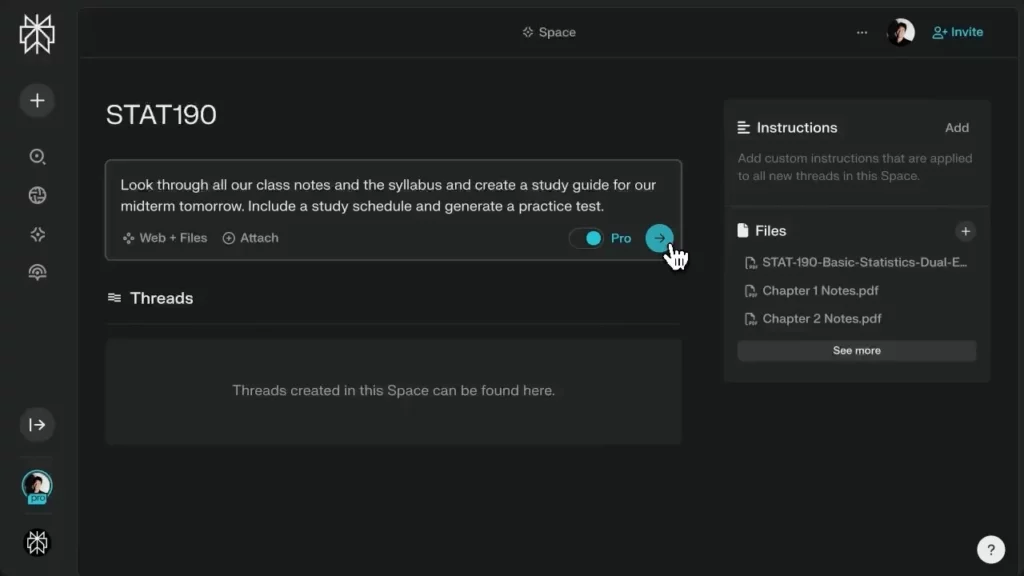
Perplexity AI is an AI built for researchers, journalists, and academics. It provides fact based responses with real citations and verifiable sources.
Key Features:
- Real Time Internet Access Unlike ChatGPT, which has limited knowledge past a certain date, Perplexity AI provides up to date, real world information.
- Source Based Answers Every response includes citations from credible sources, making it highly reliable for research.
- Academic & Professional Focus Tailored for those who require accurate, non speculative answers.
Best For:
Academics, journalists, and professionals who need verifiable, fact checked information rather than AI generated speculation.
Jasper AI
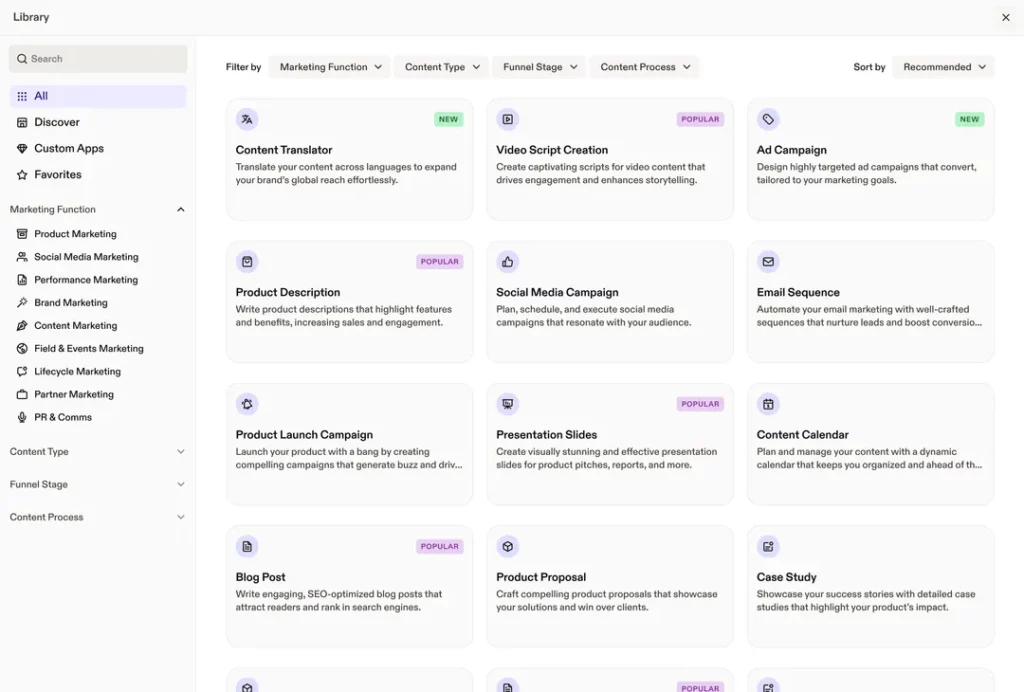
Jasper AI is a content generation powerhouse, designed to help businesses, marketers, and writers create high quality written content efficiently.
Key Features:
- AI Generated Marketing Copy Specializes in advertisements, blog posts, and social media content.
- Brand Voice Consistency, Can be trained to match a company’s tone and style.
- Collaboration Tools for Teams, Designed to support multiple users working on AI generated content together.
Best For:
Marketers, businesses, and content creators who need consistent, high quality AI generated copy for branding and advertising.
Meta AI
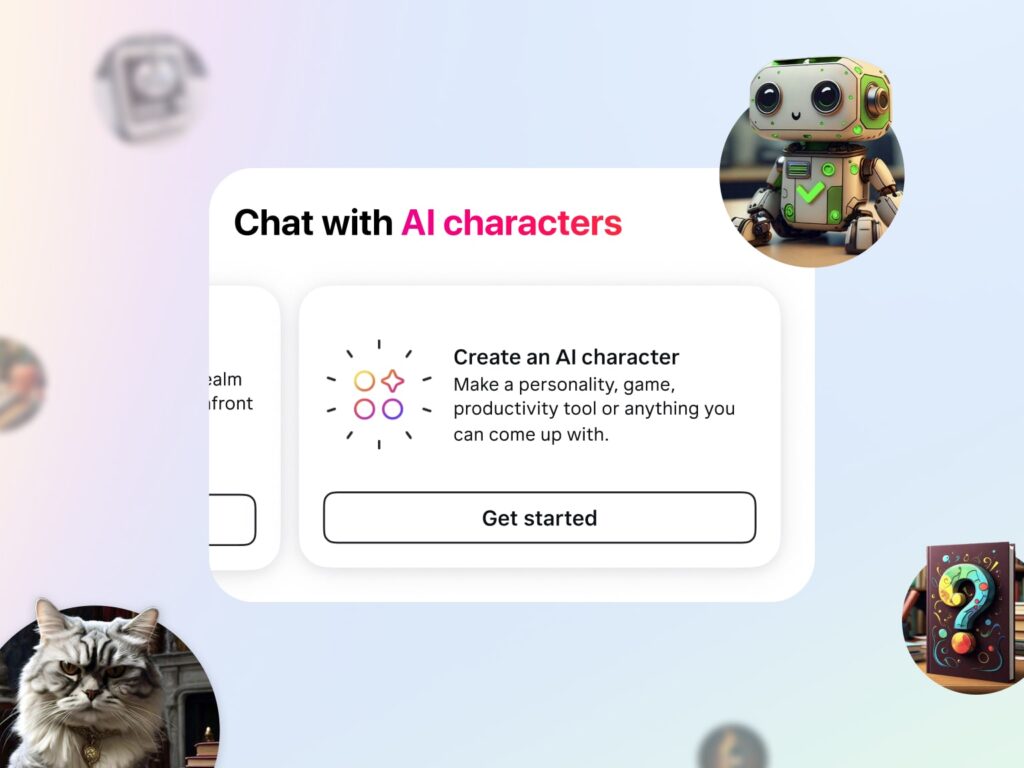
Meta AI is integrated into Facebook, Instagram, and WhatsApp, offering AI powered assistance for social media users and businesses.
Key Features:
- AI Powered Image & Video Editing, Enhances social media posts with filters, captions, and AI generated visuals.
- Chatbots for Businesses, Helps companies automate customer interactions on Meta platforms.
- Augmented Reality (AR) Capabilities, Supports interactive content creation for digital engagement.
Best For:
Social media influencers, brands, and businesses looking to improve customer interaction through AI.
ChatSonic by Writesonic
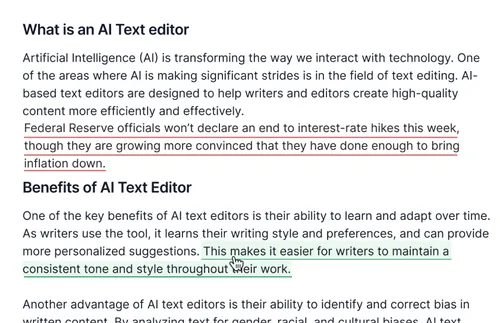
ChatSonic is an AI chatbot designed for real time news, content writing, and AI powered brainstorming. It is one of the few AI chatbots that can access live web data.
Key Features:
- Live Internet Search, Provides current news, trends, and events.
- Voice & Image Generation, Supports speech to text and AI generated images.
- Content Creation for Writers, Helps authors, bloggers, and marketers craft well written content.
Best For:
Writers, journalists, and digital marketers who need an AI assistant that can provide real time information.
Bing AI
Bing AI is Microsoft’s AI powered search assistant, designed to provide conversational search experiences. It combines the best of AI powered chat with Bing’s search engine capabilities.
Key Features:
- Conversational Search Experience, Users can ask questions in natural language and receive detailed, AI generated responses.
- Voice & Text Interaction, Supports voice search and text based queries.
- AI Powered Web Browsing, Summarizes web pages, articles, and reports.
Best For:
Users looking for a more conversational search engine that provides detailed, AI curated answers rather than simple search results.
Character.AI
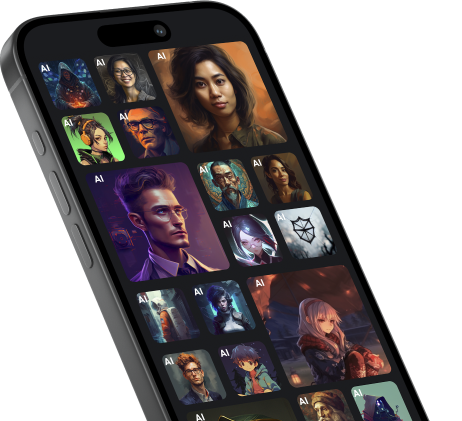
Character.AI allows users to build custom AI personas for storytelling, role playing, and personalized AI interactions.
Key Features:
- Custom AI Character Creation, Users can design AI personalities with unique traits.
- Interactive Storytelling, Great for writers, gamers, and role playing enthusiasts.
- AI Powered Virtual Companions, Can act as a digital friend or chatbot assistant.
Best For:
Creative individuals, gamers, and anyone who enjoys interactive storytelling or AI driven role playing.
Elicit
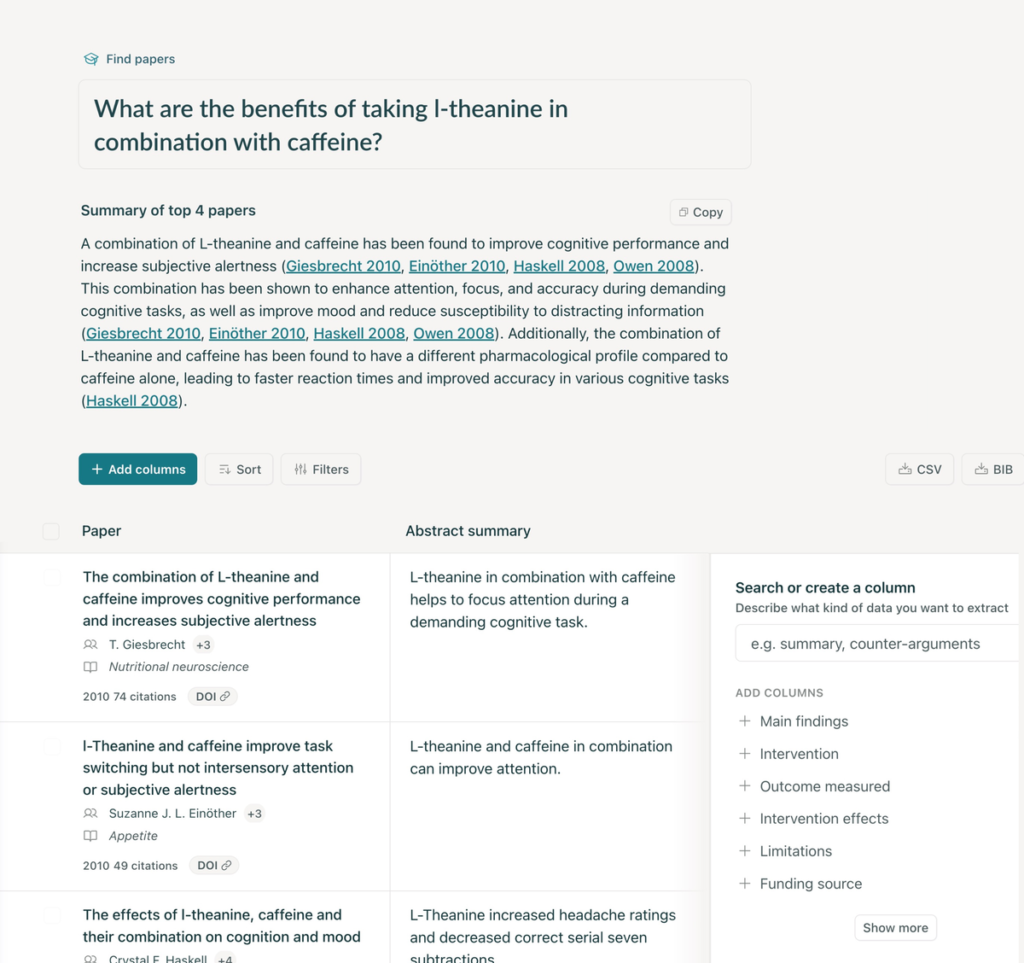
Elicit is a research based AI assistant designed for academics. It can summarize academic papers, extract key insights, and generate citations.
Key Features:
- AI Generated Literature Reviews, Helps users quickly find relevant academic papers.
- Summarizes Complex Information, Turns detailed research into easily digestible summaries.
- Citation Tracking & Research Organization, Ensures academic integrity and efficiency.
Best For:
Students, researchers, and academics who need AI assistance for literature review and academic writing.
YouChat
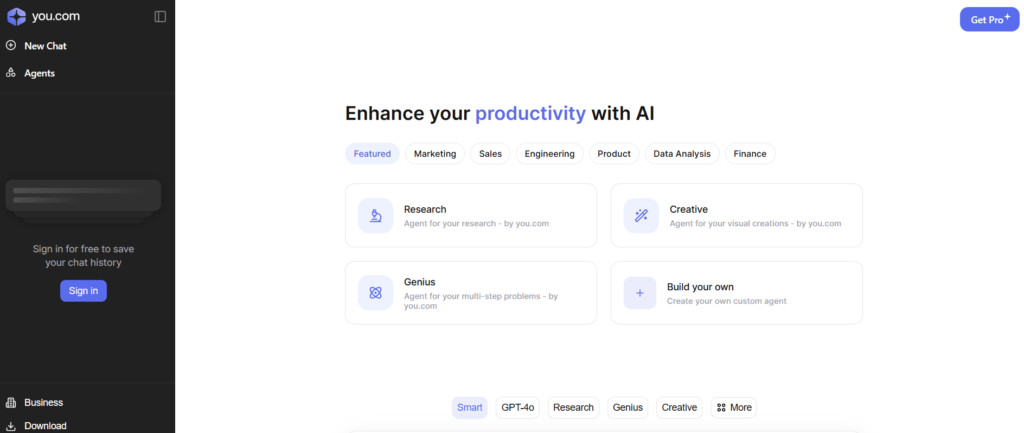
YouChat is one of ChatGPT alternatives and an AI powered search assistant that blends conversational AI with live internet search capabilities. Unlike traditional AI models, it delivers real time information and allows users to have ongoing, context aware conversations.
Key Features:
- Live Web Search, Offers up to date search results and AI generated summaries.
- Context Retention, Remembers previous parts of a conversation for coherent discussions.
- Multimodal Support, Can understand and respond to text, images, and links.
Best For:
Users looking for an intelligent, conversational search engine with real time web access for accurate information.
Replika

Replika is an AI chatbot, ChatGPT Alternatives designed for emotional support and companionship. Unlike other chatbots that focus on productivity or research, Replika specializes in human like interactions that help users express their thoughts and feelings.
Key Features:
- AI Companion with Emotional Intelligence, Can hold deep, engaging conversations and even provide life coaching and mood tracking.
- Customizable Personality, Users can train Replika to reflect their ideal conversational partner.
- AR & VR Feature, Supports virtual reality environments for interactive experiences.
Best For:
Individuals seeking companionship, emotional support, or an AI conversation partner to talk to at any time.
Poe by Quora
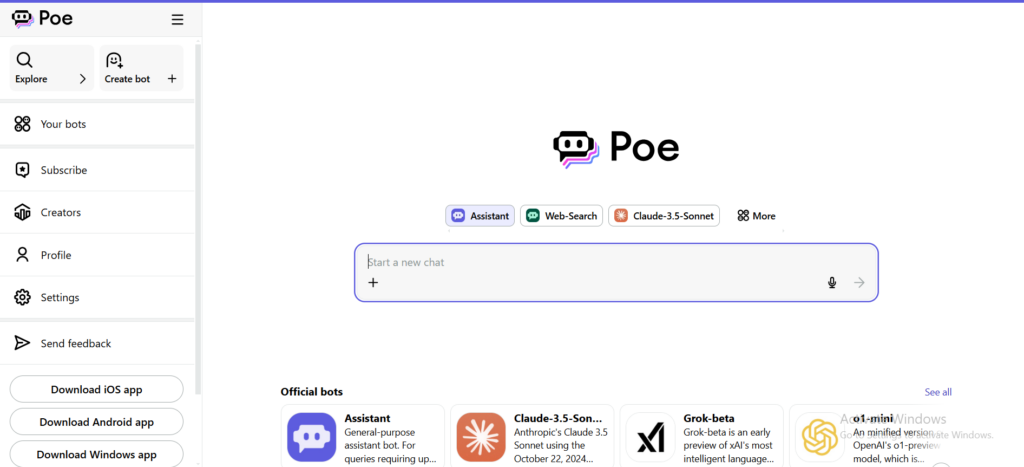
Poe, created by Quora, is a chatbot platform that allows users to access multiple AI models in one place. It aggregates responses from different AI models, offering more diverse answers than a single AI chatbot.
Key Features:
- Multi AI Model Access, Users can switch between GPT-4, Claude, and other AI models for varied responses.
- Seamless Quora Integration, Draws from Quora’s vast knowledge base.
- Custom AI Chatbots, Users can build their own AI chatbots with unique personalities.
Best For:
Knowledge seekers who want multiple AI perspectives on a question or discussion topic.
DeepMind Sparrow
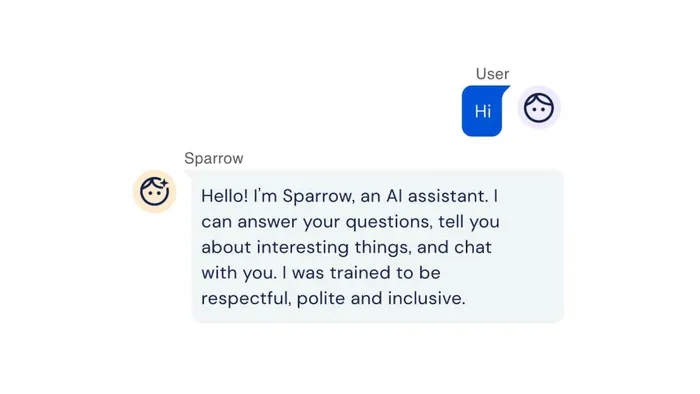
DeepMind Sparrow, developed by Google DeepMind as one of ChatGPT alternatives, is an AI chatbot designed for ethical AI interactions. It has been created with a strong focus on truthfulness, transparency, and safety.
Key Features:
- Highly Fact Checked Responses, Designed to minimize misinformation and provide accurate answers.
- Ethical AI Governance, Built to prioritize responsible AI behavior.
- Safe for All Age Groups, Aims to reduce AI biases and misinformation risks.
Best For:
Academics, educators, and researchers who want an AI chatbot that prioritizes ethical responses and factual accuracy.
Tabnine
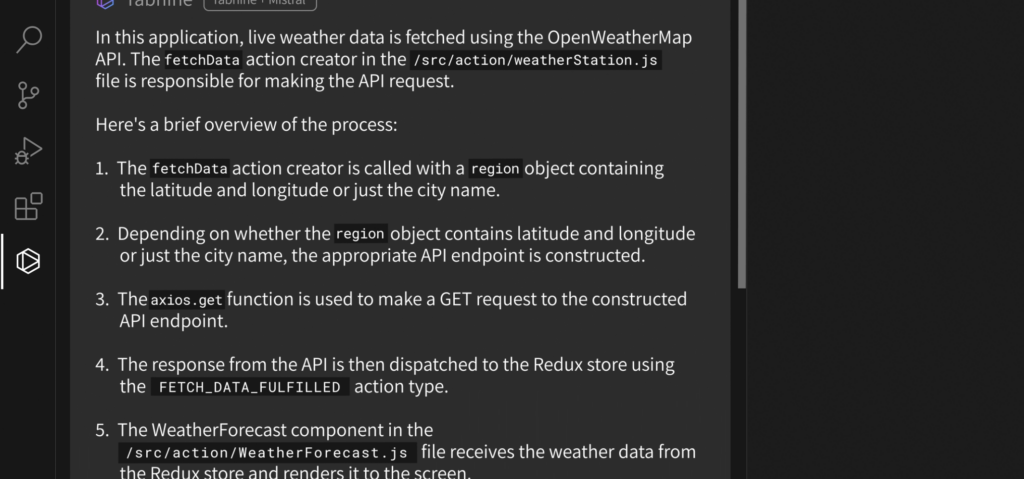
Tabnine is an AI powered coding assistant that helps developers write, debug, and optimize code efficiently. Unlike ChatGPT, which is more generalized, Tabnine is focused purely on programming.
Key Features:
- AI Code Completion, Offers real time coding suggestions in multiple programming languages.
- Context Aware Code Generation, Can understand the developer’s coding patterns to provide smarter recommendations.
- Security & Privacy Focused, Works locally to protect sensitive code.
Best For:
Software developers, engineers, and coders looking for an AI powered coding assistant that speeds up programming workflows.
Writer
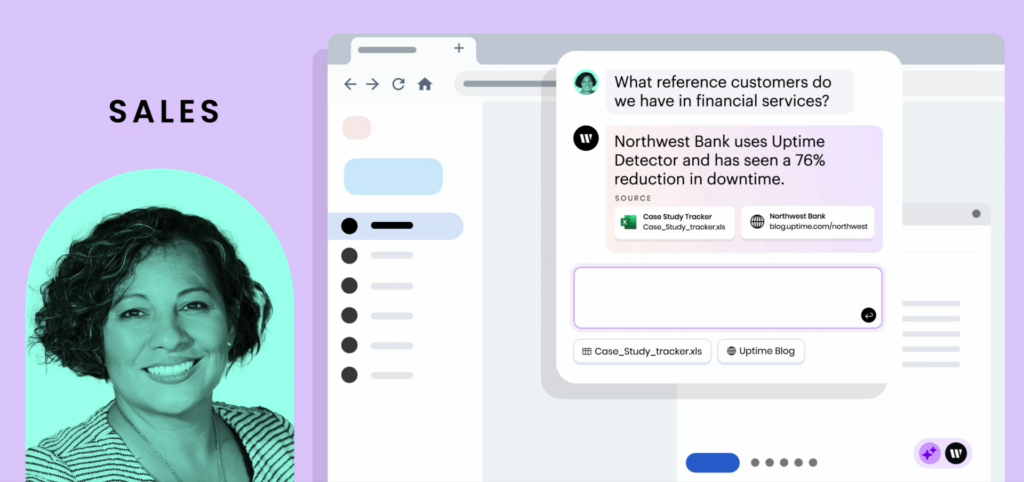
Writer is an AI powered content creation platform designed for businesses as one of the greatest ChatGPT alternatives. Unlike general purpose AI chatbots, Writer is built specifically for teams, ensuring brand voice consistency.
Key Features:
- AI Powered Brand Writing, Ensures that all content matches a company’s tone and messaging.
- Collaboration Tools, Designed for teams working together on content.
- SEO Optimized Writing, Helps businesses create search friendly blog posts, product descriptions, and more.
Best For:
Marketing teams and businesses that need consistent, on brand AI generated content.
Socratic by Google
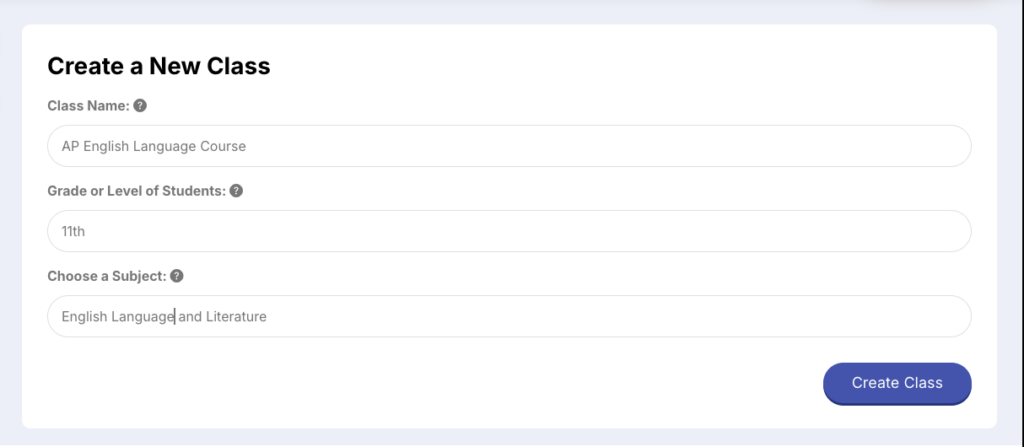
Socratic is an AI powered learning assistant designed for students. It helps break down complex academic topics into easy to understand explanations.
Key Features:
- Step by Step Homework Help, Can explain math problems, science concepts, and literature analysis.
- Visual Learning Aids, Uses diagrams, illustrations, and videos to enhance understanding.
- Real Time Q&A, Students can take a picture of a problem, and Socratic provides an AI-powered solution.
Best For:
Students, educators, and anyone who needs AI assisted learning and academic guidance.
Tidio
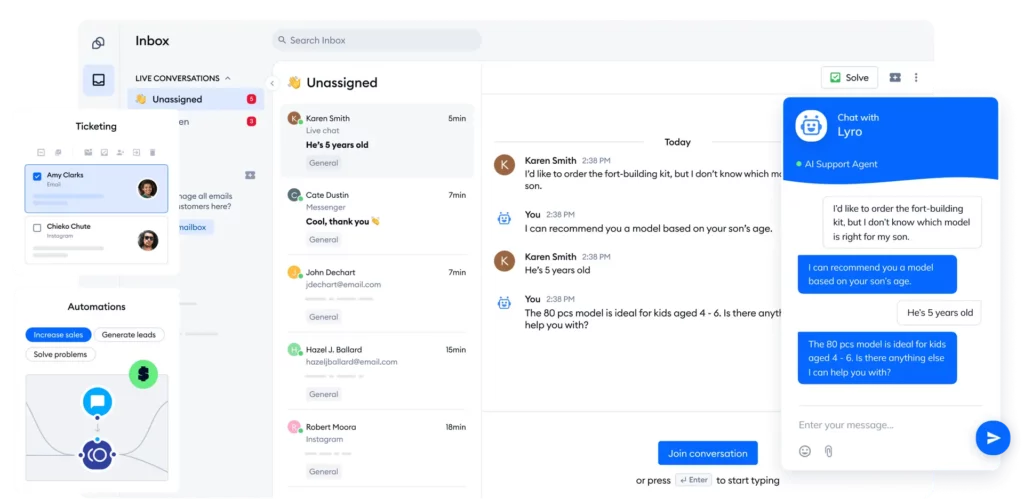
Tidio is an AI chatbot designed for businesses, offering customer service automation for websites and e-commerce platforms.
Key Features:
- AI Powered Customer Support, Automates frequently asked questions and common inquiries.
- Seamless Integration with Websites, Easily integrates with Shopify, WordPress, and WooCommerce.
- Live Chat & AI Hybrid Model, Allows human agents to take over AI conversations when needed.
Best For:
E-commerce businesses and online brands that want AI driven customer support automation.
OpenAI Codex
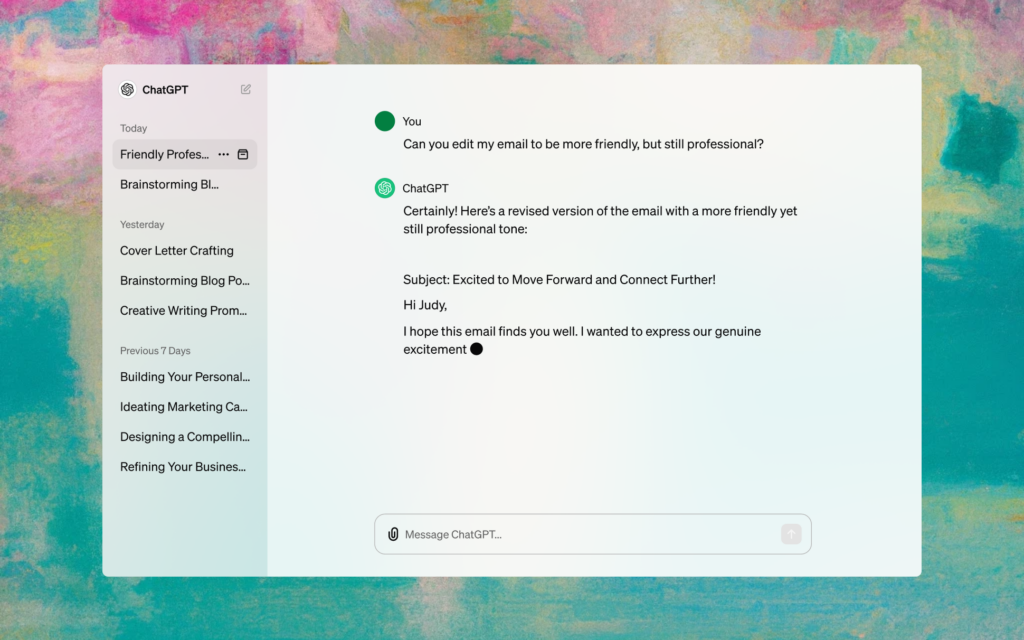
OpenAI Codex is the AI model behind GitHub Copilot, specializing in code generation, debugging, and software development assistance.
Key Features:
- Generates & Completes Code, Can write full functions, scripts, and even entire programs.
- Understands Multiple Programming Languages, Supports Python, JavaScript, C++, and more.
- Real Time Code Suggestions, Helps developers debug and optimize code instantly.
Best For:
Programmers and software developers who need an AI powered coding assistant for improved efficiency.
QuillBot
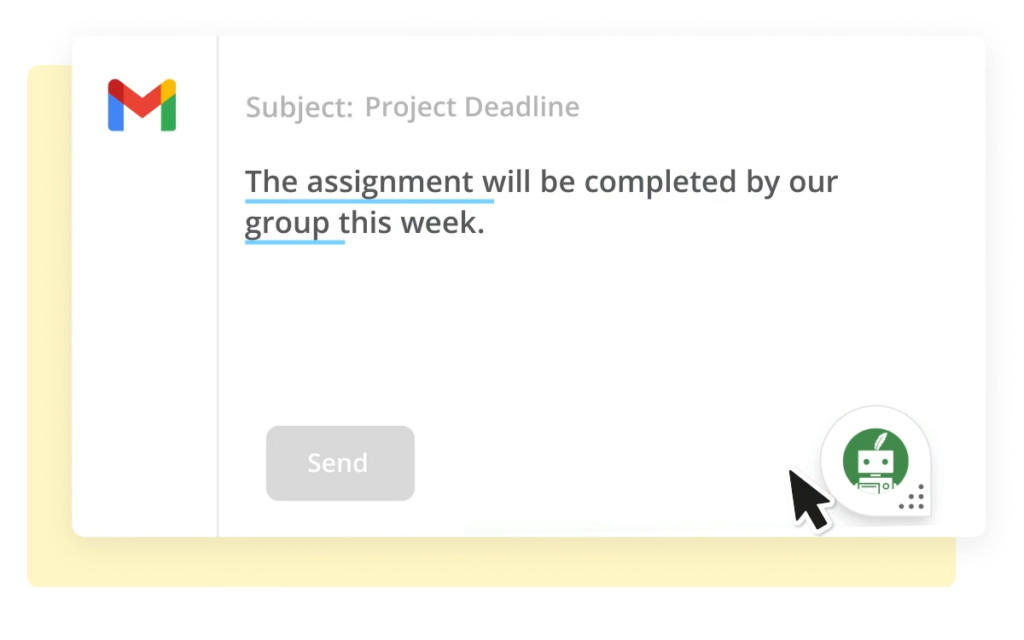
QuillBot is an AI powered writing assistant that helps users rewrite, paraphrase, and improve text quality. Unlike Jasper AI, which focuses on content creation, QuillBot is more focused on editing and refining writing.
Key Features:
- AI Powered Paraphrasing, Rewrites content while maintaining the original meaning.
- Grammar & Style Checker, Helps improve sentence structure, tone, and clarity.
- Summarization & Citation Tools, Assists with academic and business writing.
Best For:
Students, writers, and professionals who need an AI powered editor to refine their writing and enhance clarity.
FAQ
What are ChatGPT alternatives?
ChatGPT alternatives are AI powered tools and platforms that offer conversational or generative AI capabilities similar to ChatGPT. They can assist with writing, coding, brainstorming, customer support, or content creation across various industries.
Why should someone look for ChatGPT alternatives?
Different AI tools specialize in unique features such as pricing flexibility, offline access, better customization, or integration with specific workflows. Exploring alternatives helps users find a tool that best fits their professional or creative needs.
What are some of the best ChatGPT alternatives in 2025?
Top ChatGPT alternatives include Google Gemini, Claude, Perplexity AI, Jasper, Writesonic, Copy.ai, Notion AI, Microsoft Copilot, Character.ai, YouChat, Replika, HuggingChat, OpenAssistant, Tabnine, and Quillbot.
How does Google Gemini compare to ChatGPT?
Google Gemini integrates deeply with Google Workspace tools and provides multimodal capabilities understanding text, images, and code. It’s ideal for users in the Google ecosystem seeking AI assistance across Gmail, Docs, and Sheets.
What is Claude AI, and how is it different?
Developed by Anthropic, Claude AI focuses on safety and interpretability. It’s designed for enterprise grade AI interactions and excels in tasks requiring large document comprehension, summarization, and complex reasoning.
Is Perplexity AI a good alternative for research?
Yes. Perplexity AI acts like an AI powered search engine that provides accurate, cited answers. It’s perfect for users who need fact based responses and source transparency rather than creative text generation.
Which AI tools are best for content creation?
Jasper, Writesonic, and Copy.ai are top choices for marketing teams and creators. They specialize in blog writing, ad copy, and SEO optimization, offering templates and tone customization options.
Are there ChatGPT alternatives for personal and fun use?
Yes. Tools like Character.ai and Replika provide conversational and role play experiences, allowing users to chat with virtual characters or personal companions for entertainment or emotional support.
What is Microsoft Copilot, and how does it integrate with Office tools?
Microsoft Copilot embeds directly into Word, Excel, Outlook, and Teams to assist with writing, data analysis, and task automation. It’s an excellent choice for professionals already using Microsoft 365.
Can developers use ChatGPT alternatives for coding assistance?
Absolutely. Tools like Tabnine, GitHub Copilot, and OpenAssistant are great for programmers. They provide real time code suggestions, debugging support, and learning assistance in multiple programming languages.
Are ChatGPT alternatives free to use?
Many alternatives offer free plans or limited trials, but premium tiers unlock more advanced features, faster response times, or higher usage limits. Pricing varies depending on the platform and intended use.
How can I choose the right ChatGPT alternative?
Choosing the best AI tool depends on your needs whether it’s writing, coding, research, or customer support. Evaluate tools based on accuracy, ease of use, integrations, customization, and cost before deciding.
How does the Day Off app relate to AI tools like ChatGPT?
The Day Off app leverages AI driven efficiency similar to these platforms, automating leave management, approvals, and scheduling. Just as ChatGPT streamlines communication, Day Off simplifies employee time off management for teams.
Conclusion
While ChatGPT remains one of the most popular AI chatbots, these 20 ChatGPT alternatives provide unique functionalities and cater to specialized needs. Whether you’re a student, business professional, marketer, or software developer, there’s an AI tool tailored to your specific requirements in 2025.





